We spent five nights in El Chaltén, the trekking capital of Argentina. Situated within a national park, the town includes the trailheads of some of Patagonia’s most famous treks. On our first day here, we did the most popular of these—10 kilometers to Laguna de Los Tres, which promised commanding views of Mount Fitz Roy.
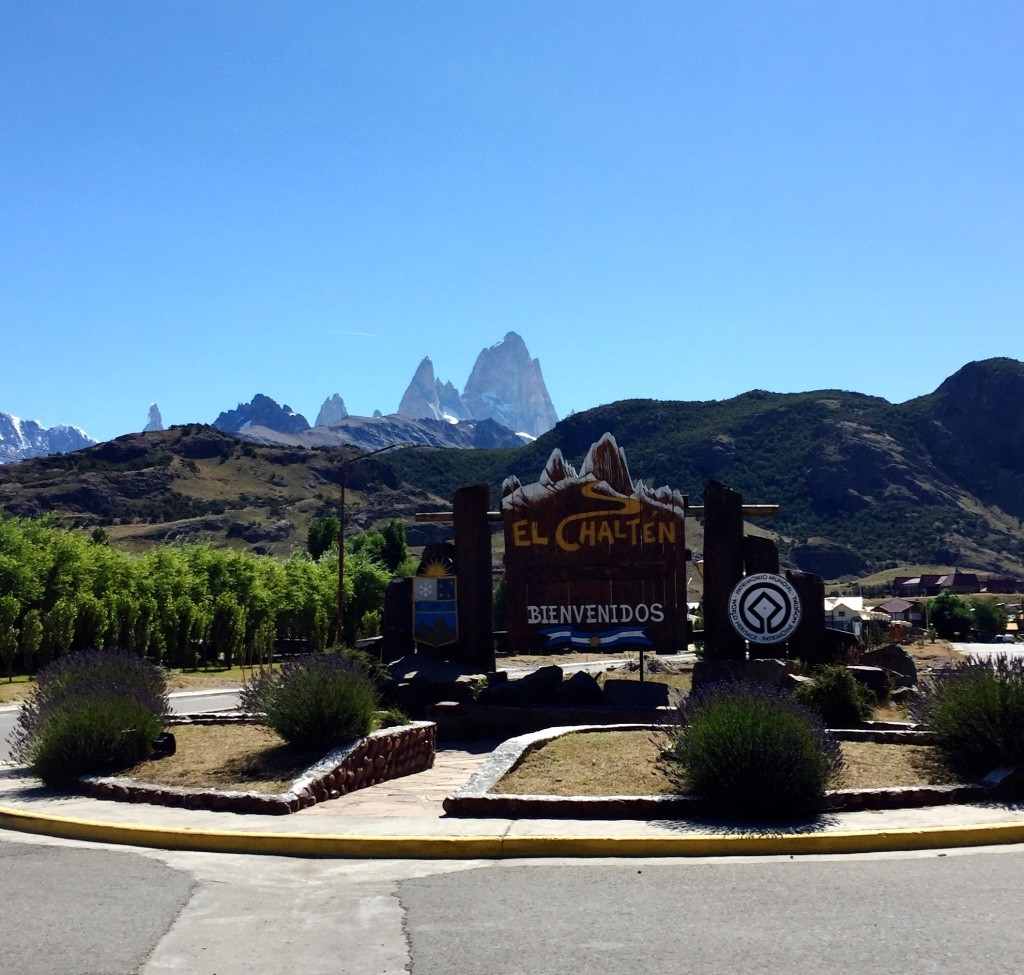
Now if you’ve ever gone hiking with me, you’ll know that I’m a notoriously slow hiker. This is due to two primary reasons: One, despite my predilections for climbing on rocks and looking over cliff sides, I’m very cautious going up and down hiking trails and have a fear of sliding down on the rocks. Those who were with me at Half Moon Bay last year know exactly what I’m talking about here.
Two, I like to take my time to enjoy the view! What’s the point of being in one of the most beautiful natural settings in the world if you’re just going to book past everything?
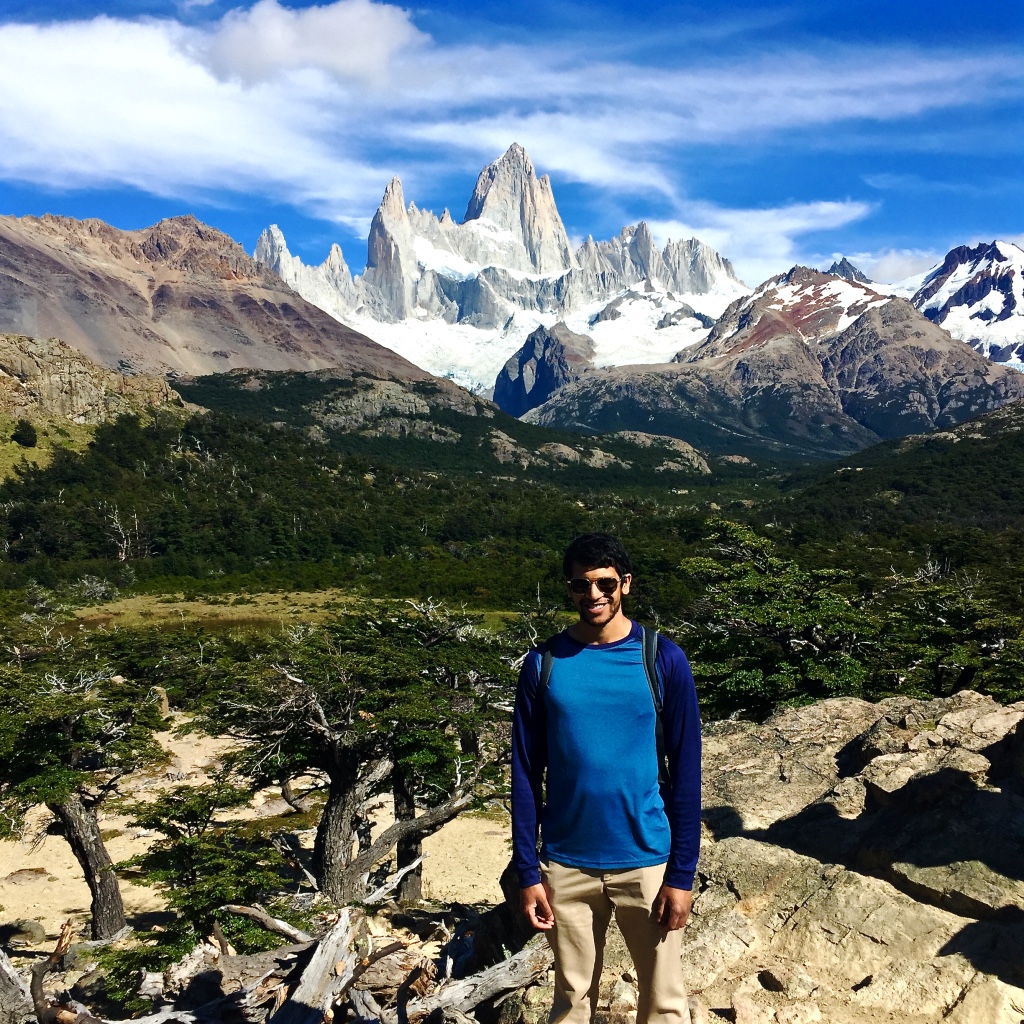
So what was said to be a 3-4 hour hike oneway ended up being about 6 hours for us. (Though I would like to point out that the 3-4 hour estimate doesn’t really account for view and food breaks, etc., so the difference is not just from my slowness. Also, our return trip was much quicker at just over 4 hours.)
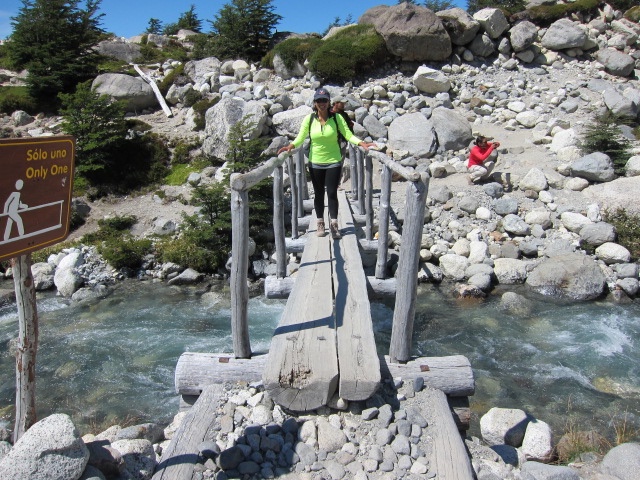
But in general, this hike is fairly easy, even for slow hikers like me—the first couple kilometers is uphill, but then it’s pretty flat for a while. That is until the terrible, awful, soul-crushing final kilometer…
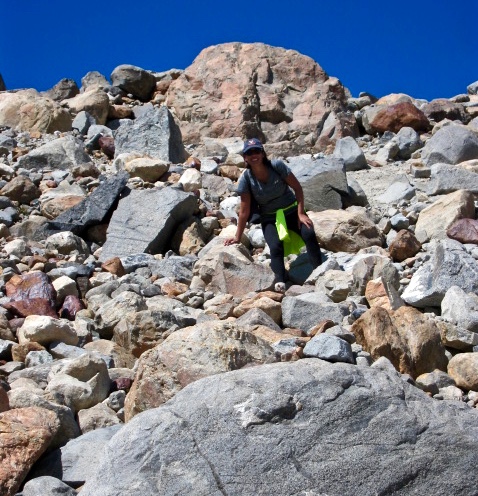
Or as Vikram dubbed it, a “super kilometer”. I guess the professionals know what they’re talking about, but it definitely felt longer than 0.6 miles. The “super kilometer” was incredibly steep, and it took us close to an hour to climb the full length. It’s full of switchbacks that snake up the cliff side, and you constantly have to be taking huge steps over rocks jutting out, while also balancing on tons of smaller rocks that could send you rolling down. This part alone makes the full trek very difficult, even for more seasoned hikers.
I kept looking up the hillside and felt exasperated for how much more we had to go, when my legs for a while now had been feeling like useless jelly. On the flip side, as we got closer to the top, I would look down and feel both a huge sense of accomplishment for how far we’d come and a huge sense of dread knowing that we’d have to descend that same stretch eventually.
But finally, we reached the top of that cliff, and after another surprise climb (completing the leg jellifying process), we made it to the end. Suddenly, all that struggle was worth it.
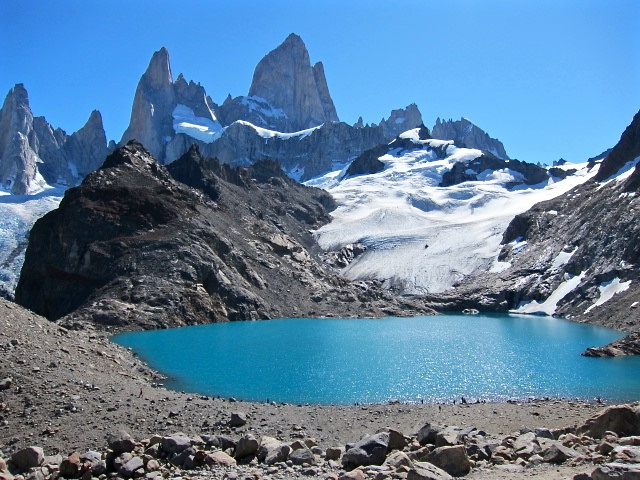
Even though you’re there with dozens of other people, coming up on the final view of Mount Fitz Roy and the Laguna de Los Tres, it seems like you’ve just come across a secret—almost sacred—place. An imposing and awe-inspiring view of Mount Fitz Roy towering over you, a sparkling blue lake at your feet, and ice and rock surrounding you. There’s a conflict of emotions because you want everyone else to see this truly awesome place, while also keeping it a secret all to yourself.
Eventually, we had to tear ourselves away from this magical, serene hideaway—and descend again down the super kilometer, and the remaining nine kilometers. As we staggered back into town around 8 pm, all I could think about was ravioli in my belly, a hot shower, and an early bedtime. More trekking and awesome views would have to wait until morning.
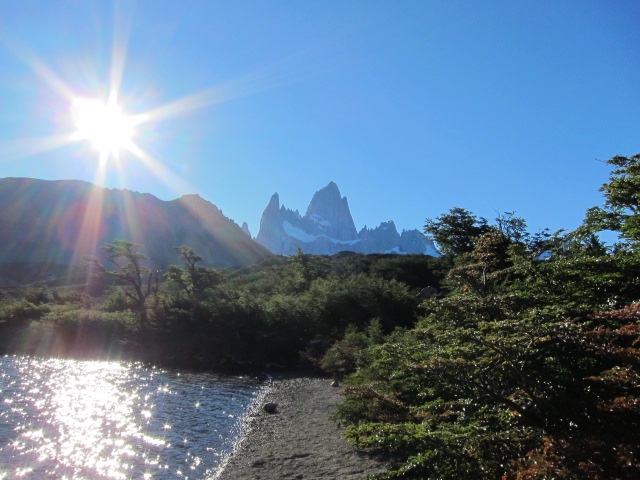
Travel Notes:
- Bring cash with you to El Chaltén! There are two ATMs in town, but we heard that they are questionably functional. It’s better to just bring enough cash with you ahead of time. (El Calafate is more likely to have working ATMs). Cash is also important because most places don’t take credit cards, though it seemed that there were a few that took US dollars, too.
- There are two main grocery stores in town, plus a handful of other smaller places. The prices are comparable to US prices. If the grocery store is out of bread (which isn’t uncommon, given that everyone makes sandwiches to bring on their hikes), check out one of the local bread shops instead.
- Bring a (filled) water bottle on your hikes, but you can also refill them in the streams on the treks – the glacier water is safe to drink! (The Laguna de Los Tres trek had plentiful water sources, though the Laguna Torre trek had fewer.)
- Internet access is terrible in town—better to plan on not having it while you’re here!

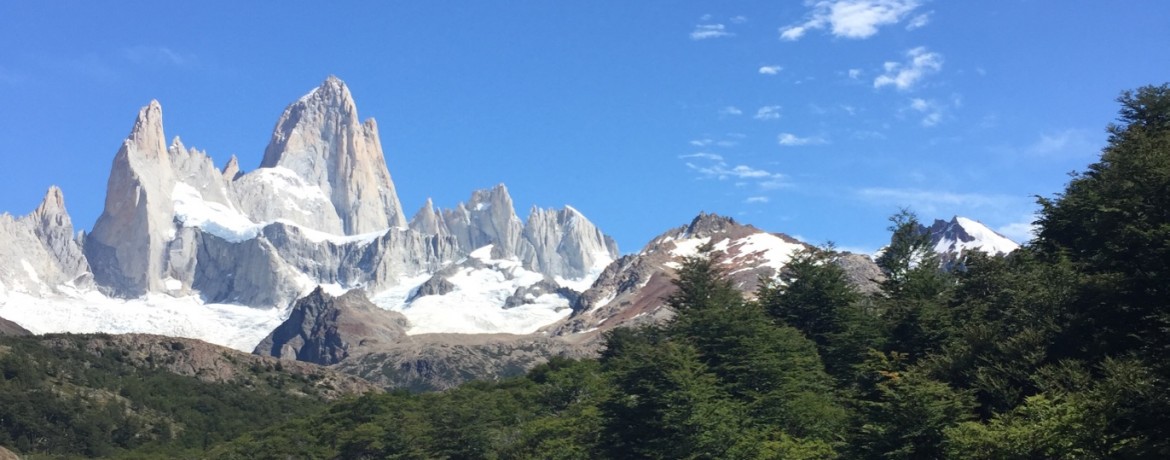
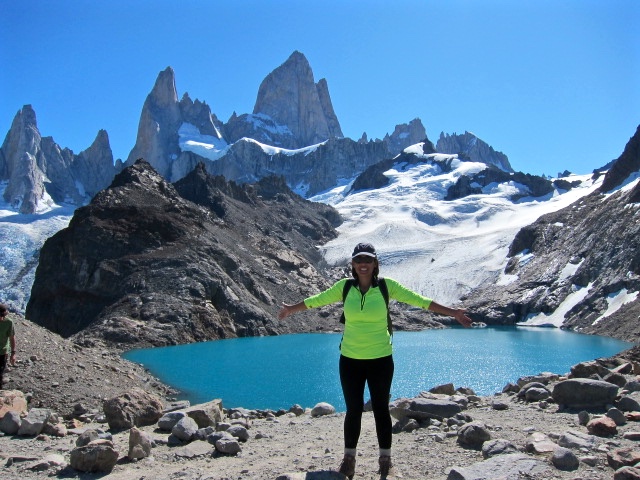
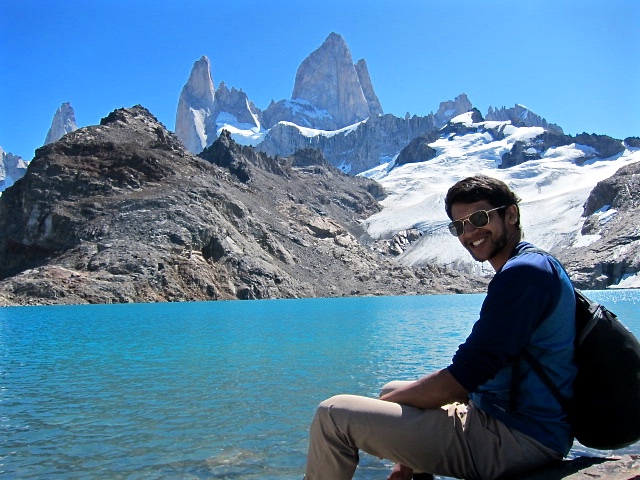
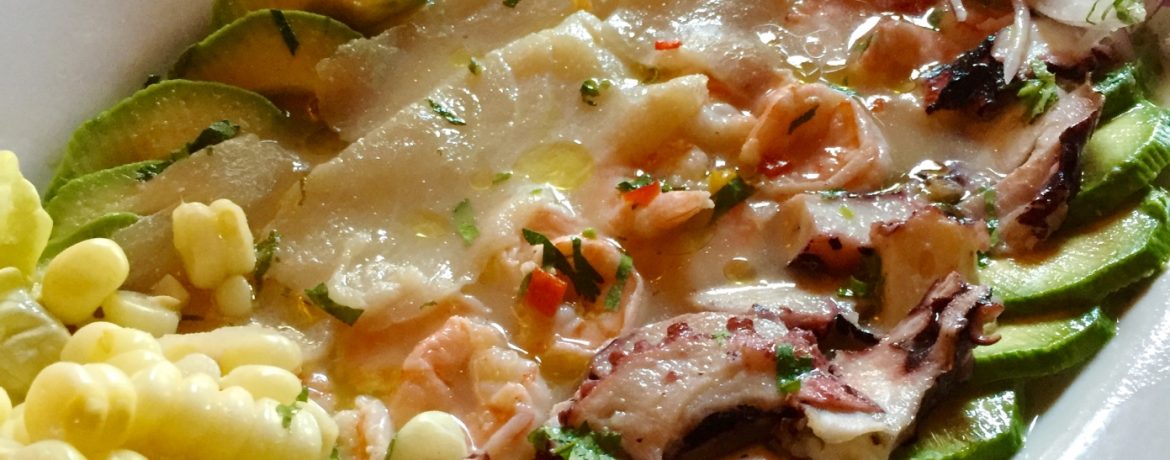
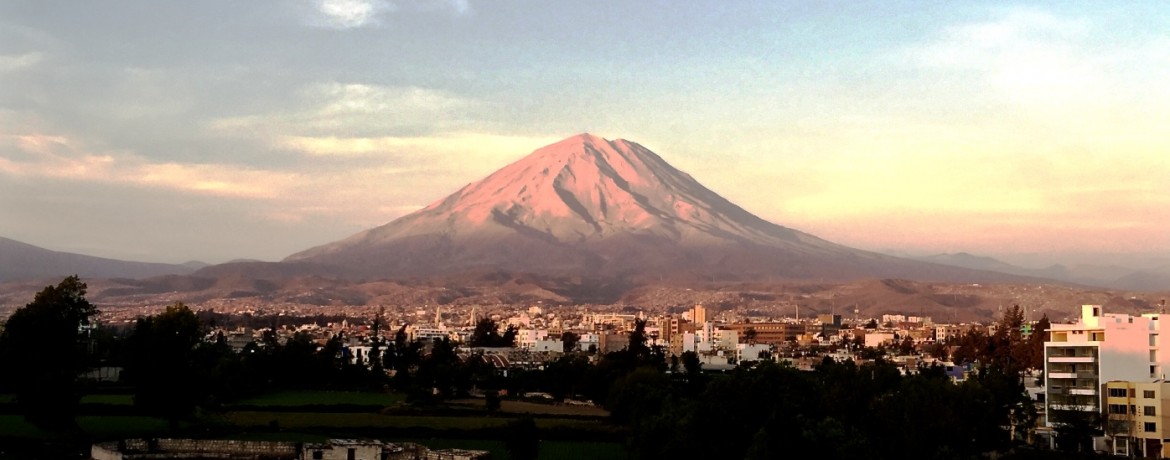
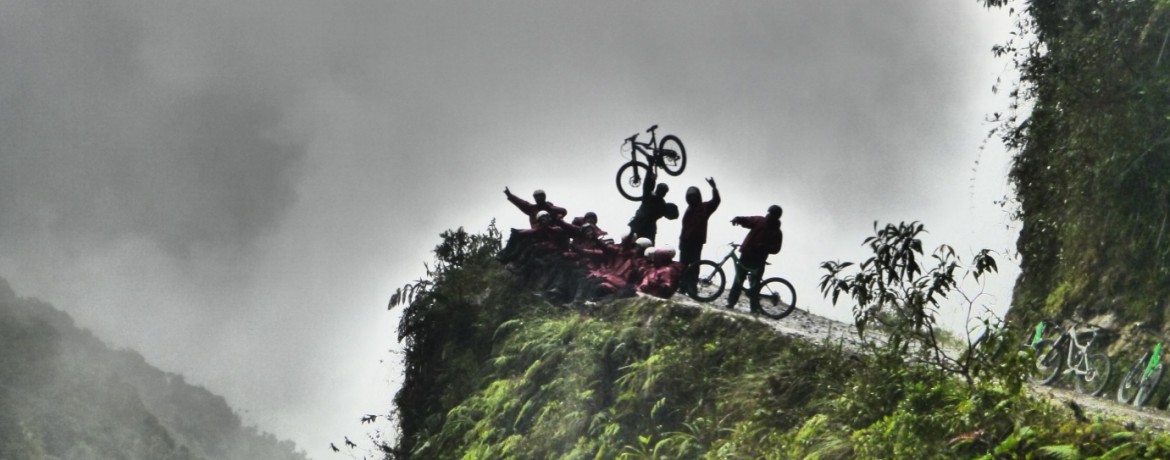
9 Comments
Breathtaking is truly an understatement! Keep enjoying!
Thank you! (And the pictures really don’t do the landscape justice.)
I would never have known about Argentina…had it not been for you guys! The pictures are great!
Thank you, I’m glad you’re enjoying the blog!
Beautiful pictures. Must have been an awesome experience. Keep on trekking!
Thanks — our next big trekking will be to Machu Picchu, maybe we’ll see you there!
Lovin the pictures. Impressed by your energy. 😍 obviously nit for me 😉
Thank you for sharing the beauty God has given us. Be safe and continue to have a great time. Love you….
Thanks, Aunt Kathy! It really was a beautiful place.